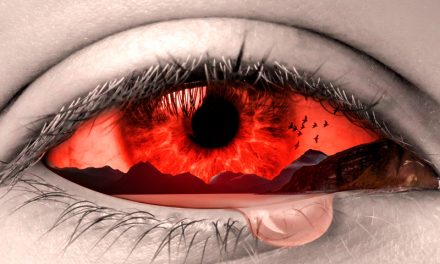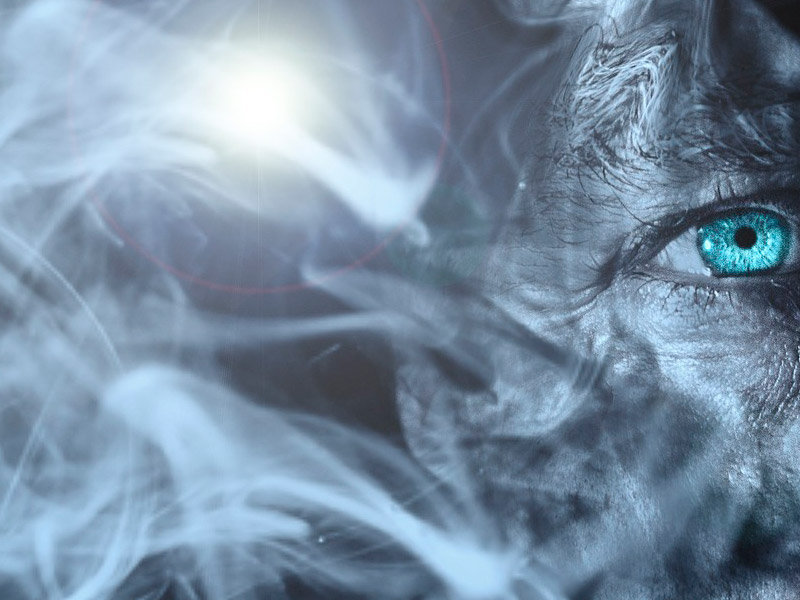Bibliographical Revision
Authors
Noelia Amutio Martín, Gabriel Ruíz García
Keywords
Ozone Therapy,
Carbon monoxide
Abstract
Carbon monoxide (CO) is a chemical produced from the incomplete combustion of natural gas or other products containing carbon. It is colorless, odorless and tasteless gas. Carbon Monoxide binds strongly to hemoglobin with higher affinity than Oxygen, affecting the Oxygen transport in the cells and deteriorating mitochondrial function. Nowadays, treatment is a high-flow Oxygen administration, moving CO out of the haemoglobin. The Ozone Therapy is one of the most important discoveries in the lasts years in the field of medicine as a therapeutic agent, being a technique with a high effectiveness, low cost and very practical. The aim of this project is to prove the effectiveness of the Ozone Therapy as a treatment in the carbon monoxide poisoning patients. Literature review has been carried out during the months of February and May of 2013 as well as updates the recent findings. The sources of this review were different databases such as: Google Academic, Scielo, Elvisier, Dialnet and Pubmed, with the collaboration of Dr. Gabriel Ruiz Garcia, Doctor who uses Ozone Therapy (Major Auto hemotherapy) in his private clinic, located in Aguilar de Campoo (Palencia). The Carbon Monoxide poisoning alters the physiological balance between oxidative stress and antioxidant defenses, favoring the formation of free radicals. In the situation of oxidative Stress Ozone, causes stimulation of the systems enzymatic antioxidants against the attack. All of the properties that confer to ozone molecule explain its direct reaction with the Carbon Monoxide molecule and its elimination from the organism. The applicability of Ozone Therapy for patient poisoned by monoxide carbon would provide a fast and simple treatment, preventing the appearance of delayed neurological sequelae, stimulates the production of cellular energy, maintains an oxygenated environment and activates the metabolism and the antioxidant cell mechanism
This post is also available in:  Español (Spanish)
Español (Spanish)


































